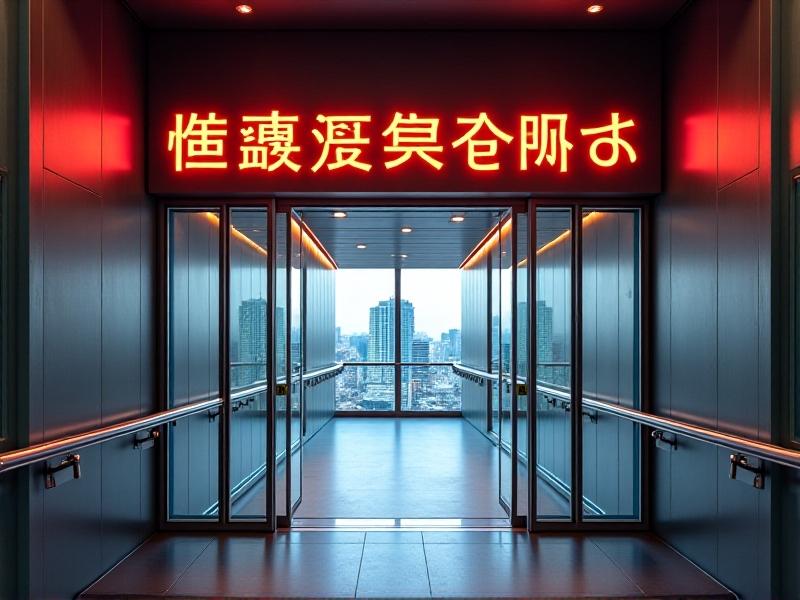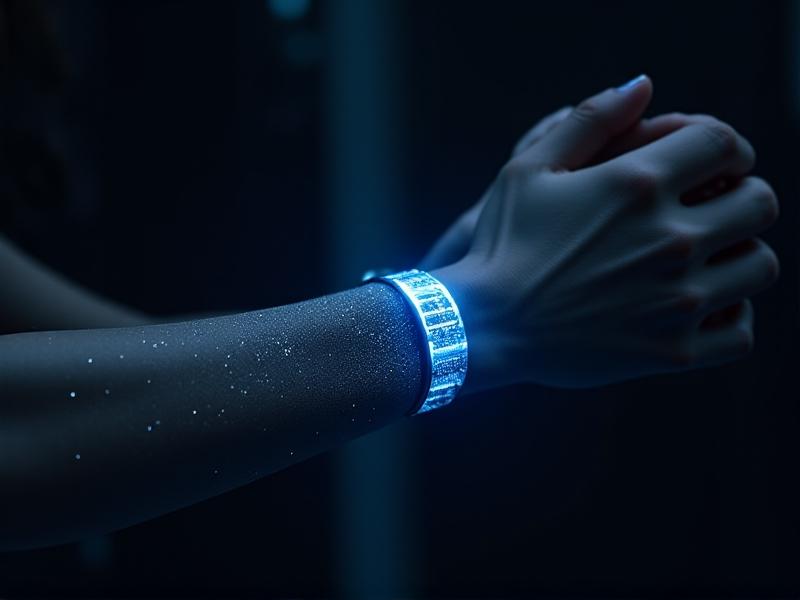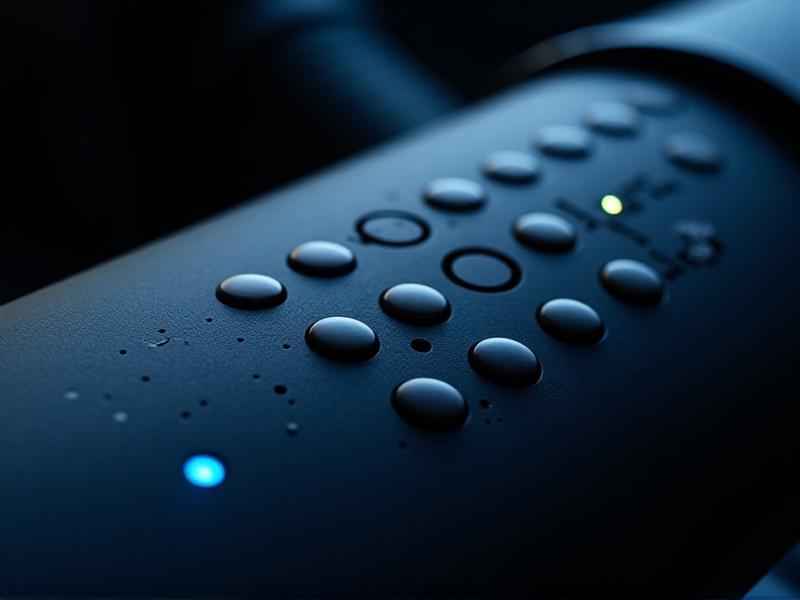Mobility-Friendly Observation Deck Layout Planning Strategies
Understanding Mobility-Friendly Observation Deck Layouts
Observation decks are iconic structures that offer breathtaking views, but their design must prioritize accessibility to ensure everyone can enjoy them. Mobility-friendly layouts focus on inclusivity, ensuring that individuals with disabilities, seniors, and those with limited mobility can navigate the space comfortably. This involves thoughtful planning of pathways, seating, and viewing areas to eliminate barriers and create a seamless experience.
Key considerations include the width of pathways to accommodate wheelchairs, the placement of ramps and elevators, and the use of tactile paving for visually impaired visitors. Additionally, the materials used for flooring should be slip-resistant and easy to traverse. By integrating these elements, observation decks can become welcoming spaces for all.

Designing Accessible Pathways and Entrances
Pathways and entrances are the first points of interaction for visitors, making their design crucial for accessibility. Wide, level pathways with gentle slopes ensure that wheelchairs and mobility aids can move effortlessly. Ramps should be installed alongside stairs, with handrails on both sides for added support.
Entrances should be equipped with automatic doors or doors that are easy to open, minimizing physical strain. Clear signage with large, high-contrast fonts and Braille can guide visitors effectively. Additionally, the use of tactile paving helps visually impaired individuals navigate the space independently.

Incorporating Universal Design Principles
Universal design principles aim to create spaces that are usable by people of all abilities without the need for adaptation. This approach involves designing observation decks with features like adjustable viewing platforms, which can be raised or lowered to accommodate different heights and mobility levels.
Seating areas should include benches with backrests and armrests, as well as spaces for wheelchairs. Information boards and interactive displays should be placed at varying heights and include audio descriptions for visually impaired visitors. By embracing universal design, observation decks can cater to a diverse audience.

Ensuring Safety and Comfort for All Visitors
Safety and comfort are paramount in mobility-friendly observation deck layouts. Railings should be installed at appropriate heights and designed to prevent climbing or accidental falls. The use of non-slip materials on flooring and steps reduces the risk of accidents, especially in wet or icy conditions.
Comfort can be enhanced by providing shaded areas, drinking water stations, and restrooms equipped with accessible features. Adequate lighting ensures that the space is safe to navigate at night, while also highlighting the views. These considerations create a secure and pleasant environment for everyone.
Integrating Technology for Enhanced Accessibility
Technology plays a vital role in making observation decks more accessible. Mobile apps with audio guides and real-time information can assist visitors in navigating the space. Interactive touchscreens with adjustable heights and voice commands provide an inclusive way to learn about the surroundings.
Virtual reality (VR) experiences can offer an alternative for those unable to access certain areas, allowing them to enjoy the views from the comfort of a seated position. By leveraging technology, observation decks can enhance accessibility and engagement for all visitors.
Engaging the Community in Design Processes
Involving the community in the design process ensures that observation decks meet the needs of their users. Conducting surveys, focus groups, and workshops with individuals of varying abilities provides valuable insights into potential challenges and solutions.
Collaborating with accessibility experts and organizations can further refine the design, ensuring compliance with local and international standards. By engaging the community, designers can create observation decks that are truly inclusive and reflective of the people they serve.
Case Studies: Successful Mobility-Friendly Observation Decks
Examining successful examples of mobility-friendly observation decks can provide inspiration and practical insights. The Sky Garden in London, for instance, features wide pathways, accessible elevators, and seating areas designed for inclusivity.
Another example is the Edge at Hudson Yards in New York, which incorporates glass floors, adjustable viewing platforms, and audio guides. These case studies highlight the importance of thoughtful design and demonstrate how accessibility can be seamlessly integrated into iconic structures.
Future Trends in Mobility-Friendly Design
As technology and design practices evolve, mobility-friendly observation decks will continue to improve. Innovations like smart pathways with embedded sensors can provide real-time navigation assistance, while advanced materials offer enhanced durability and safety.
The integration of sustainable design principles, such as energy-efficient lighting and eco-friendly materials, will also play a role in shaping the future of observation decks. By staying ahead of trends, designers can create spaces that are not only accessible but also forward-thinking and sustainable.







